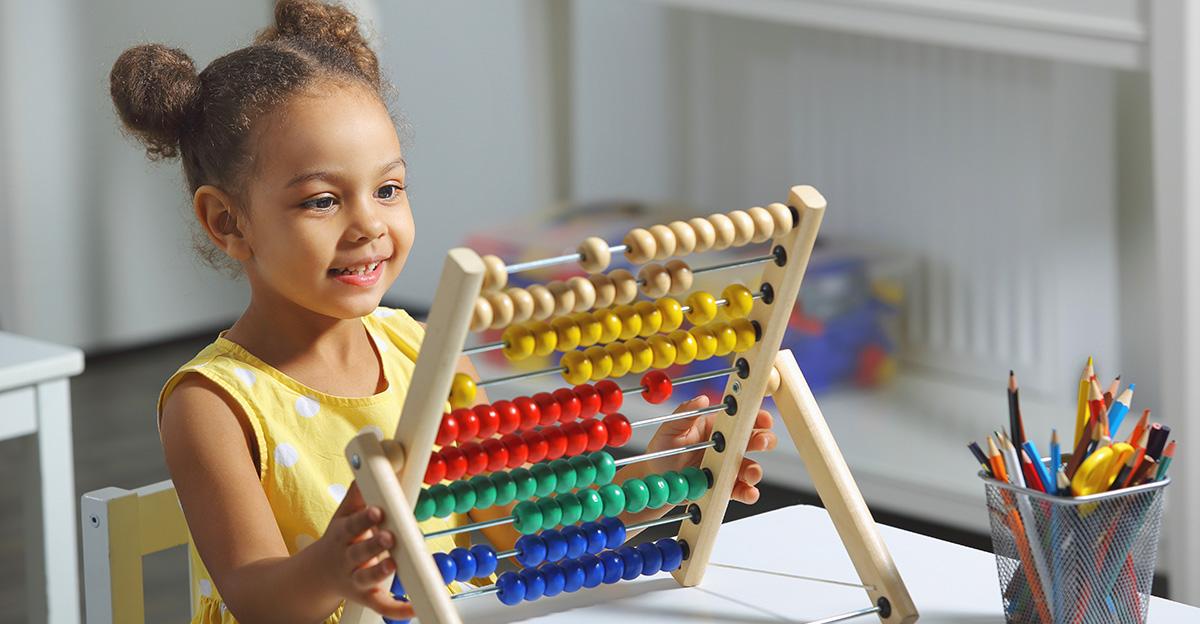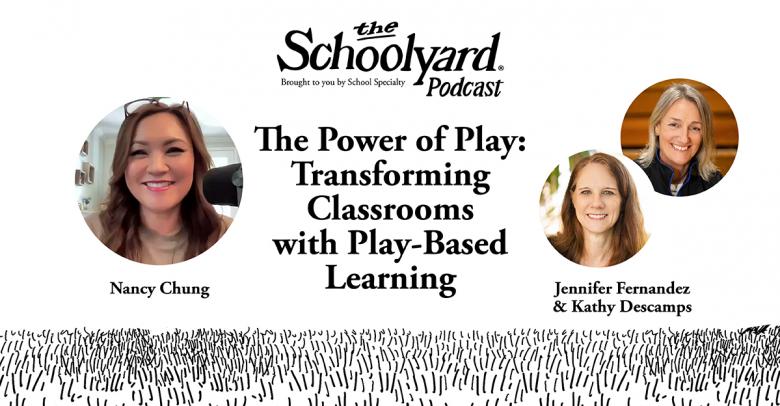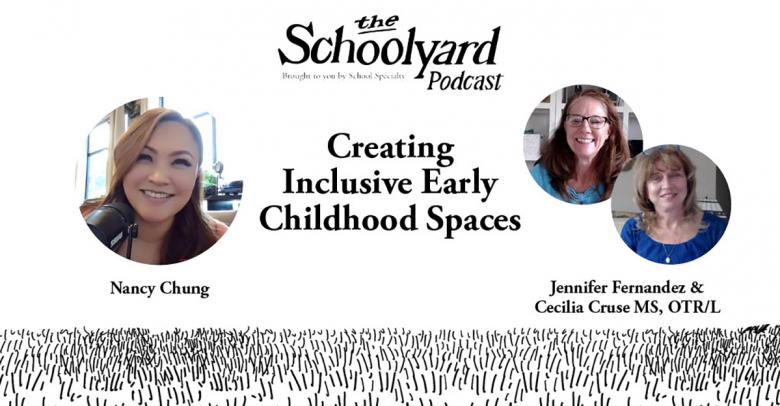In today’s world, even our youngest children are engaged in some type of electronic entertainment for a great deal of time each day. The digital entertainment might be in the form of television, computer, a tablet, or smart phone. This instant entertainment may contribute to shorter attention spans in the classroom. Even as adults, we experience this phenomenon. If we have to stand in line or otherwise wait for something, it’s easy to pull out our phone to check social media or play a game. Now more than ever, educators must seek innovative ways to gain a child’s attention and keep them engaged in active learning.
The Struggle to Keep Preschoolers Actively Engaged
Manipulatives are learning tools that can grab attention and promote engagement in an early childhood classroom. Learning through manipulative play requires that a child use objects to build, weigh, move, order, turn, or arrange to fit. Children learn how it feels to have control of objects that can be touched and moved. The are inspired to build, sort, and count for a variety of activities. Learning with manipulatives can be done independently, with guided practice, or in collaborative groups.
Connecting Learning to the Use of Manipulatives
Manipulatives are used to develop many early childhood curriculum standards. Often they help young students gain a more firm understanding of mathematical concepts. Math manipulatives for early childhood classrooms often include items like attribute blocks, manipulative counters, dice, linking cubes, tangrams, Cuisenaire rods, abacuses, Unifix cubes, a scale, and dominoes. Having these different objects allows the teacher to enrich a child’s learning with concrete hands-on experiences. This kind of learning develops into more abstract reasoning. Not only does that progression help children, but the manipulatives are fun and engaging for small hands.
Skills Children Gain from the Use of Manipulatives
In exploring learning activities with manipulatives, preschoolers utilize many skill sets. They practice decision-making as they think about which tools to use. Sorting encourages them to distinguish between weight, height, length, shape, and size of objects. They explore patterns through sequencing, ordering, comparison, colors, and textures. A child can develop concentration and perseverance skills while learning about cause and effect and how to creatively analyze and solve problems.
With children who have short attention spans, teachers need engaging activities. Manipulatives can provide just that. Take some time to evaluate your early childhood classroom materials and ensure that there are plenty of age-appropriate manipulatives available to inspire children in their growth.






Leave a Reply